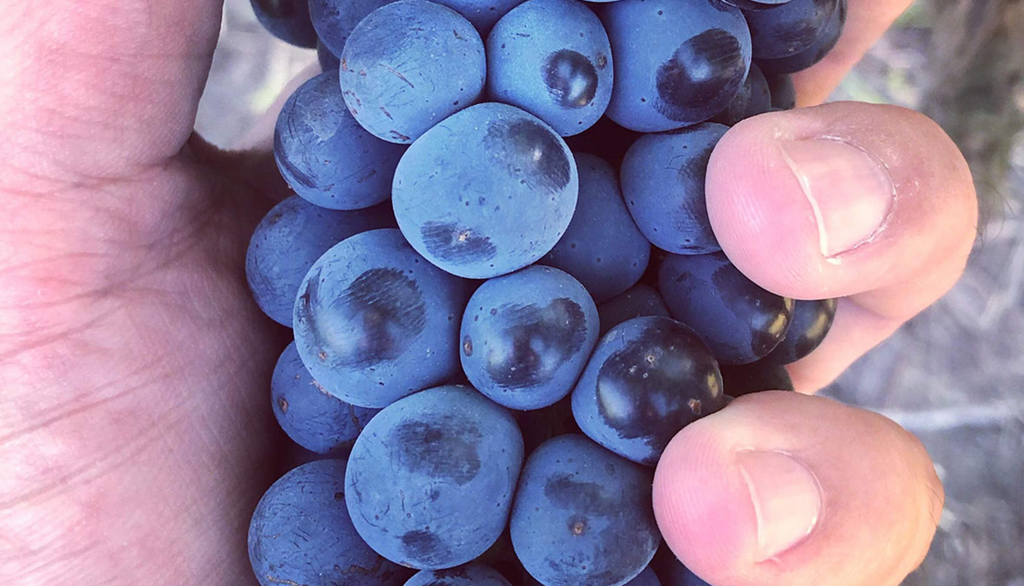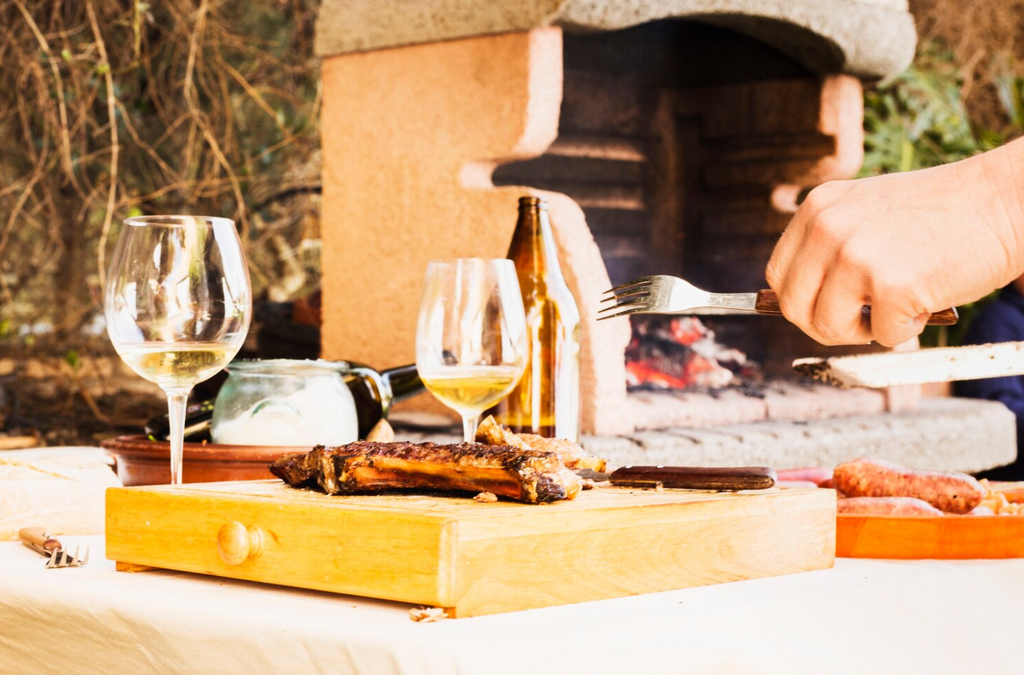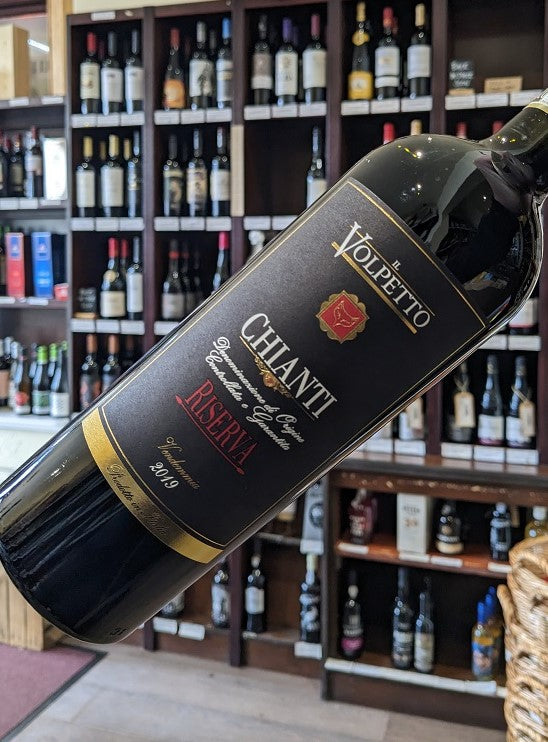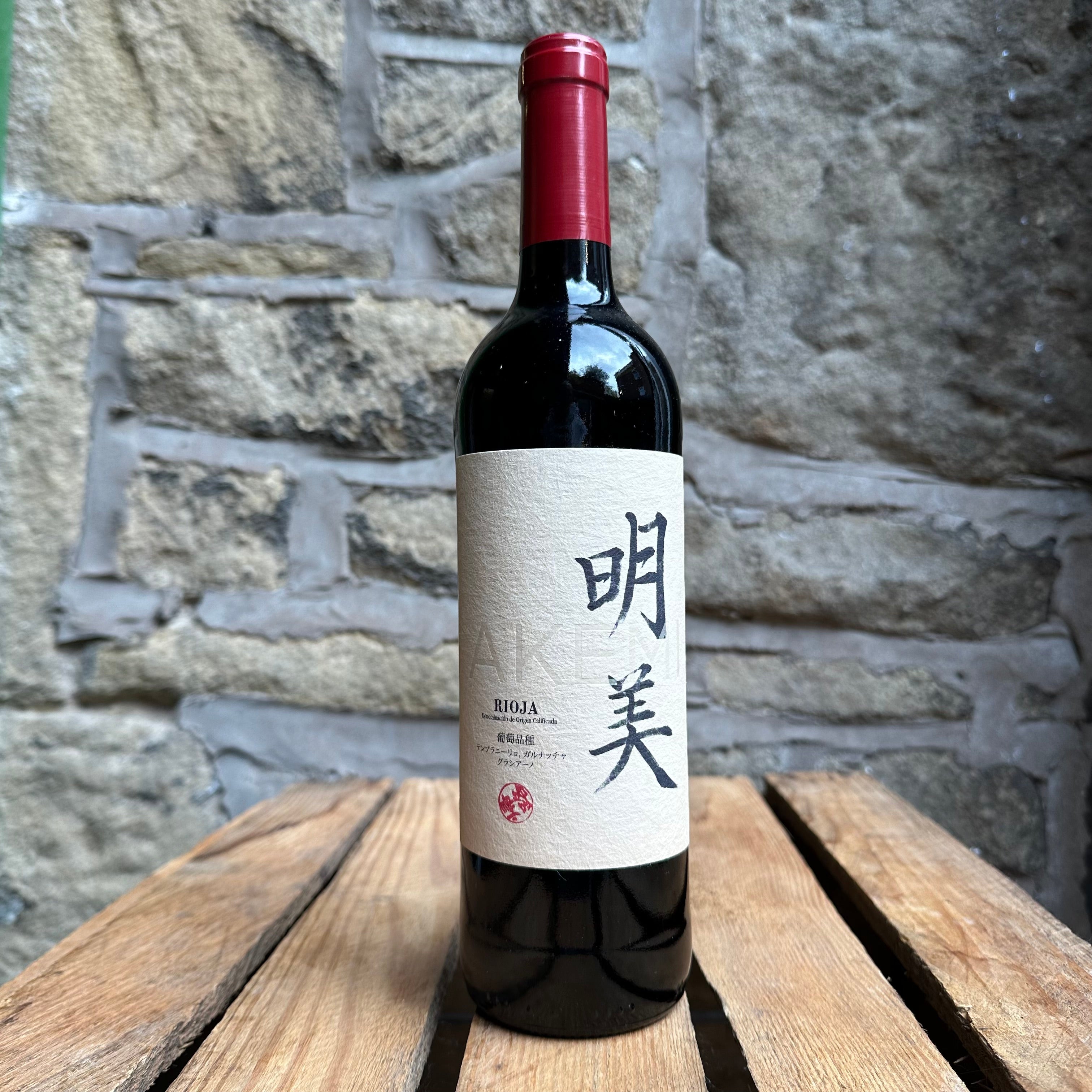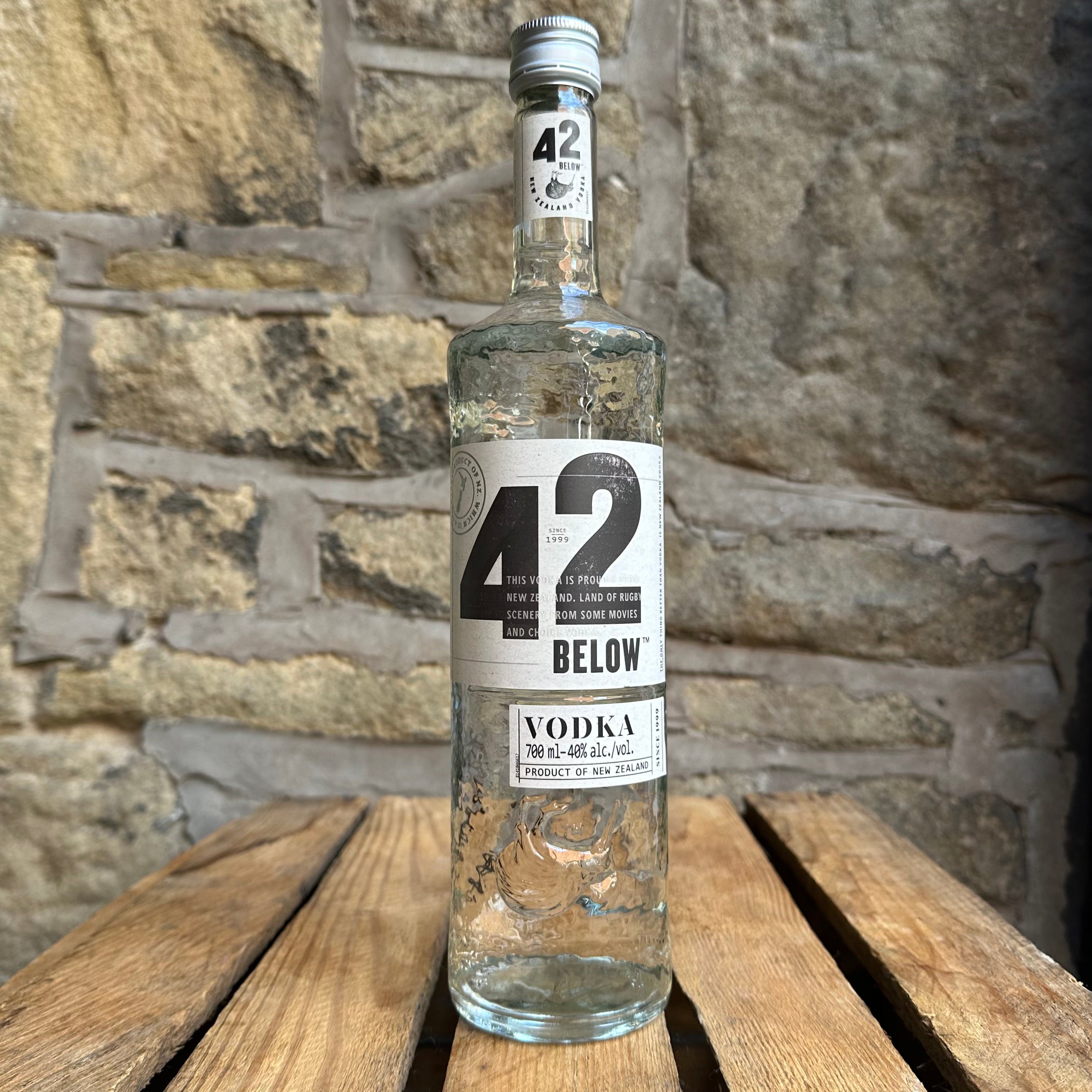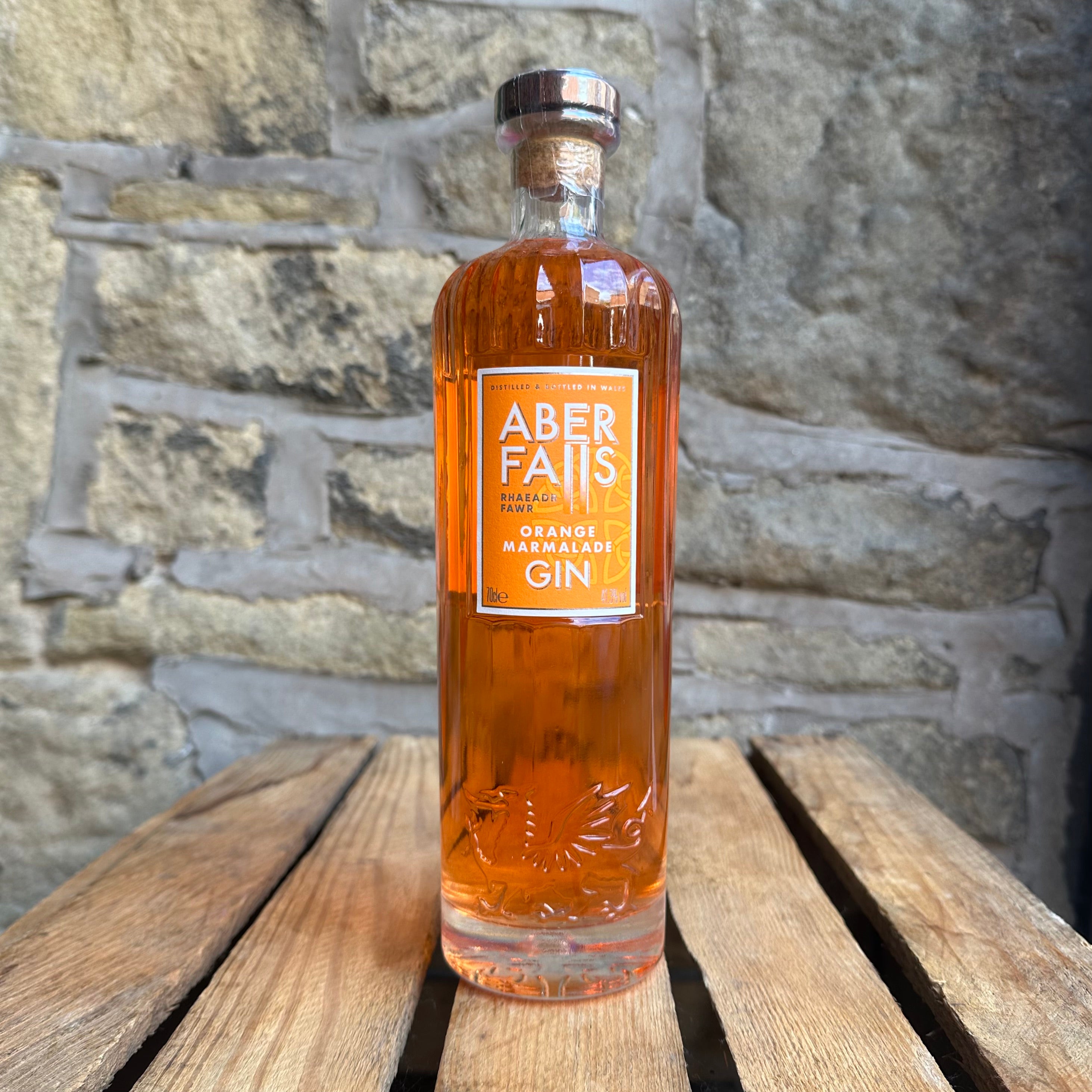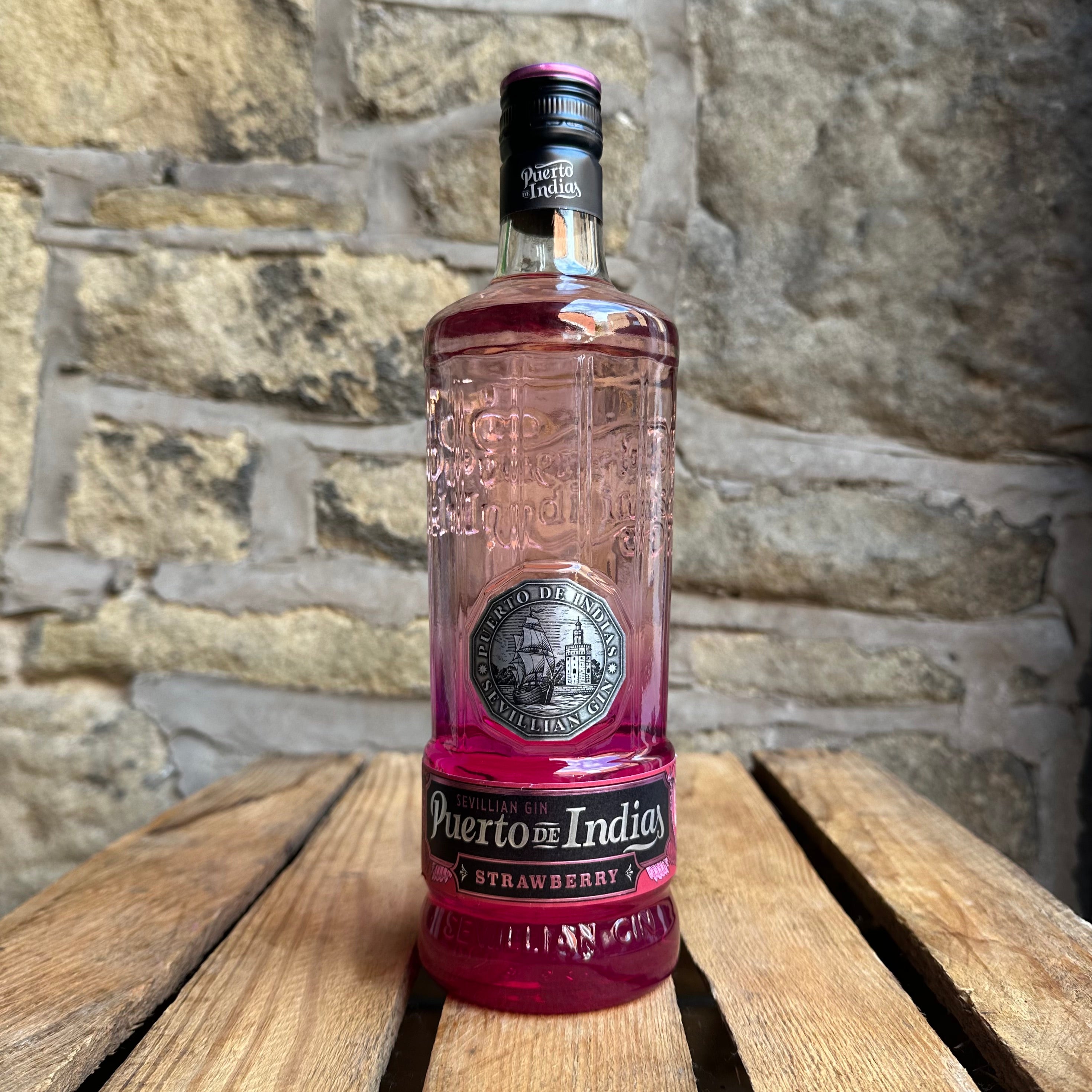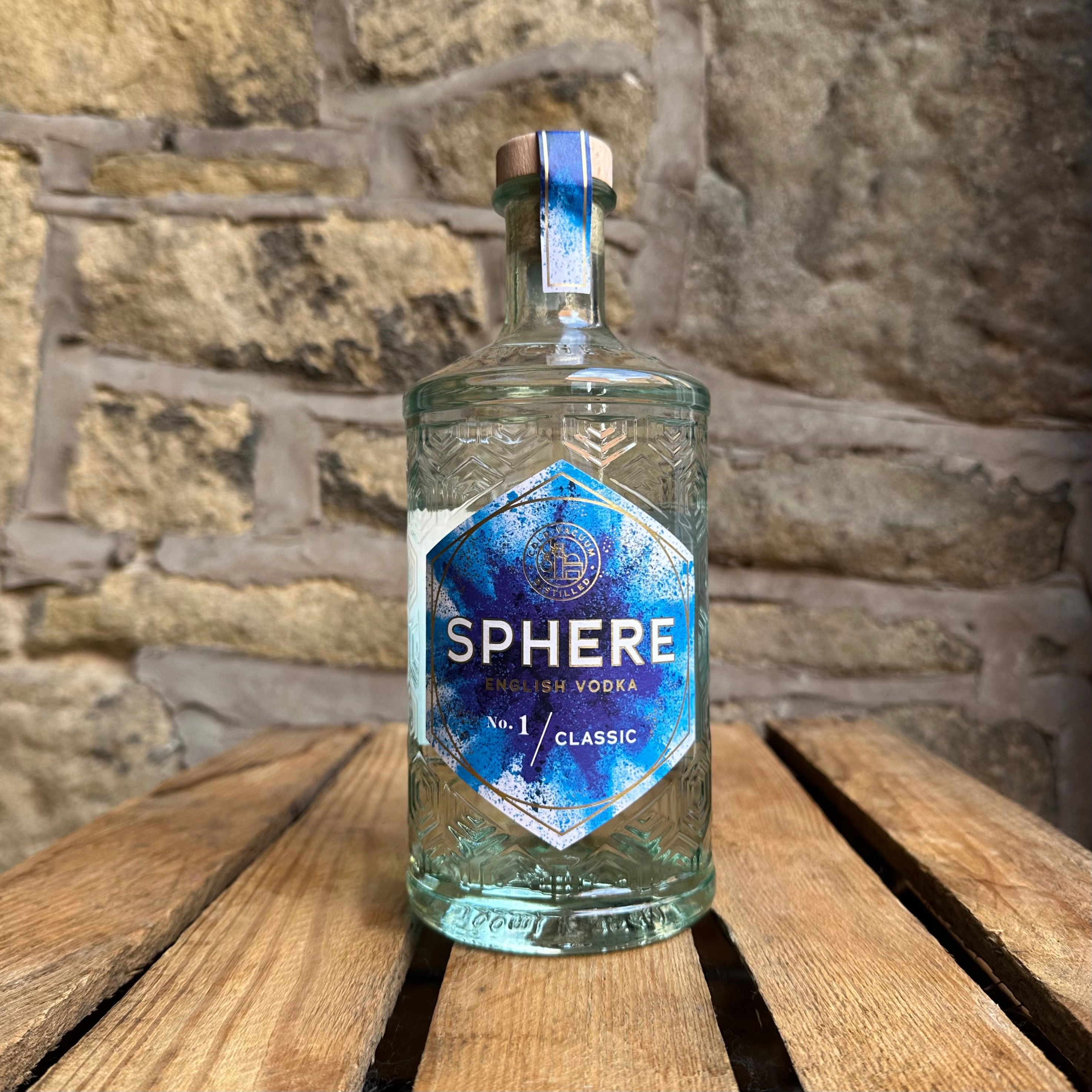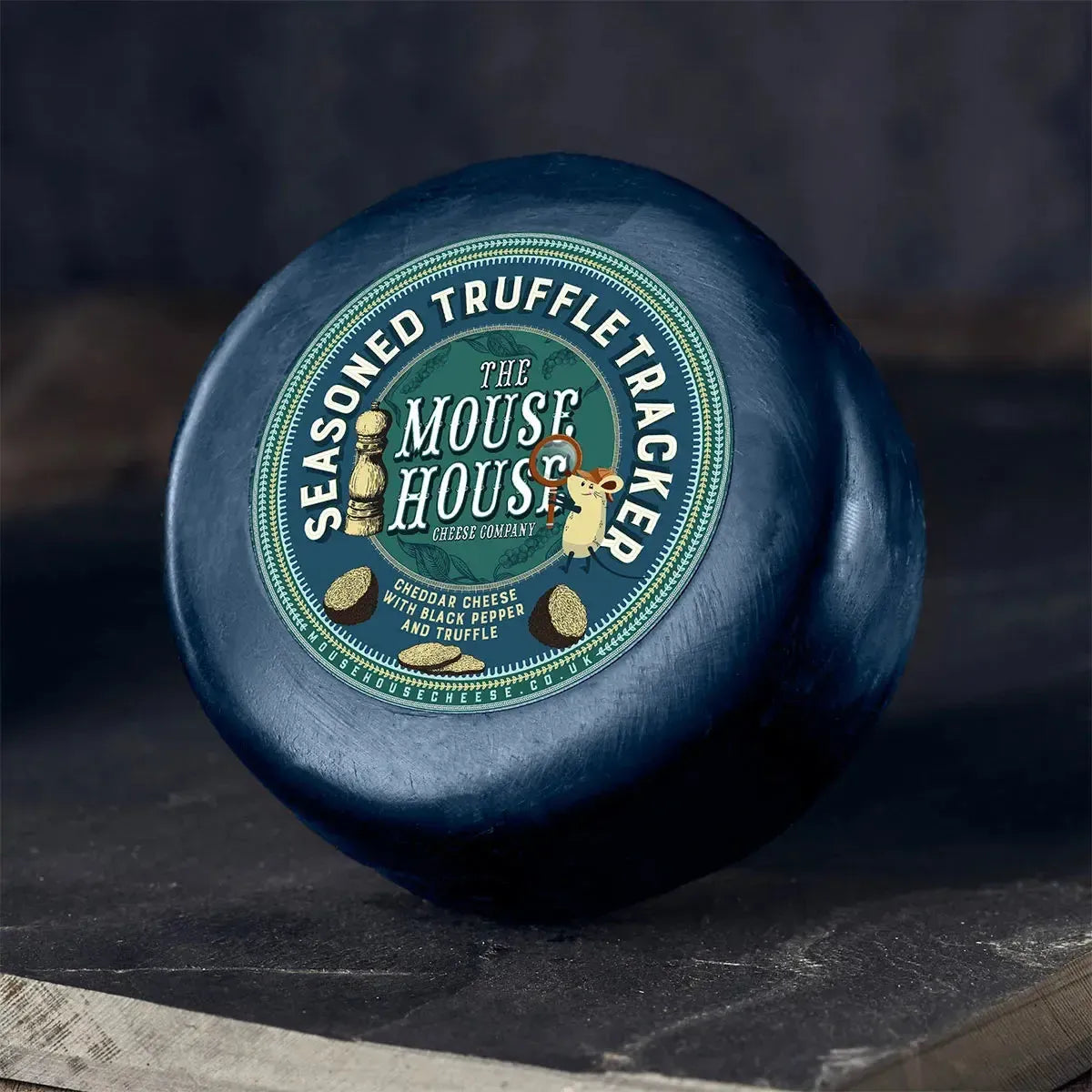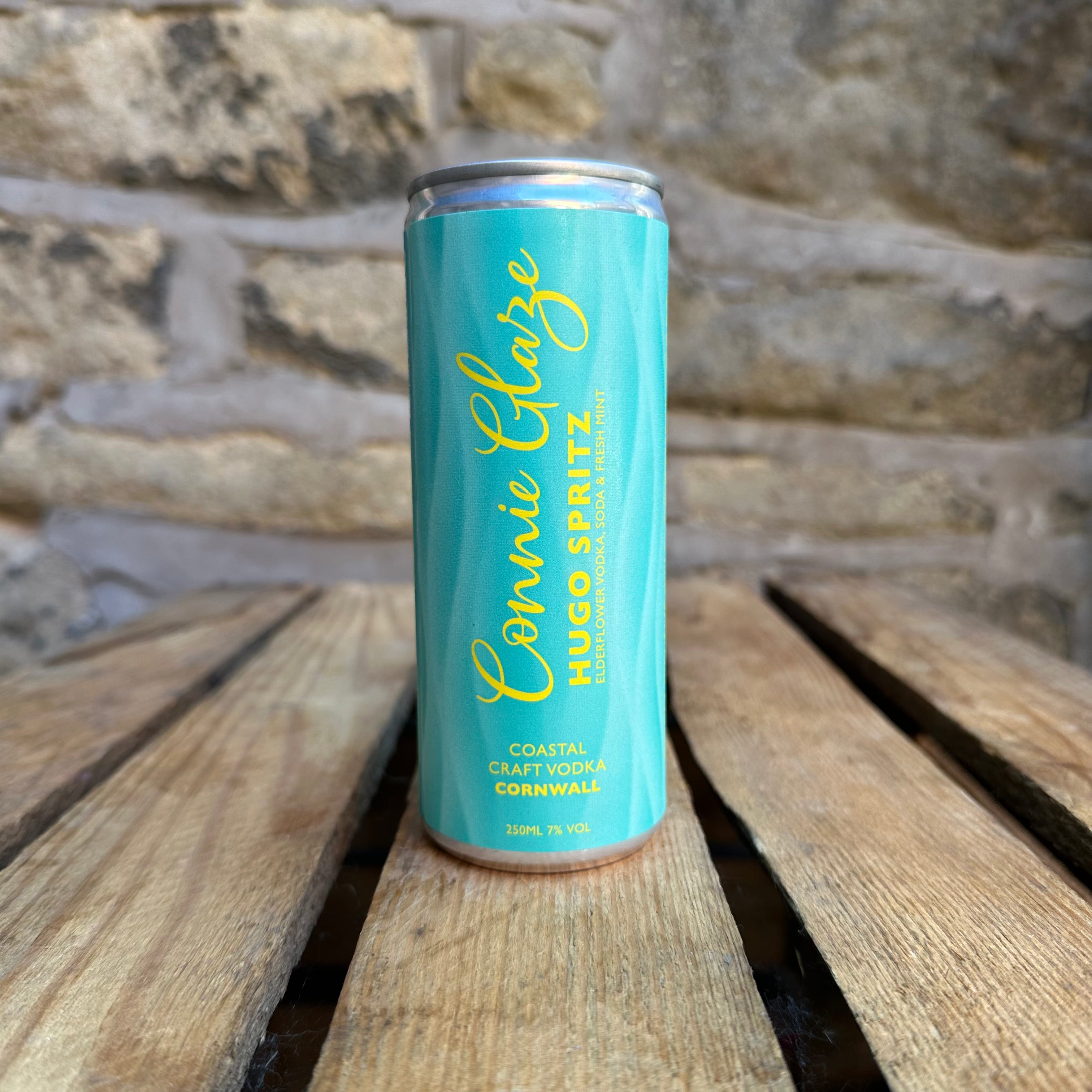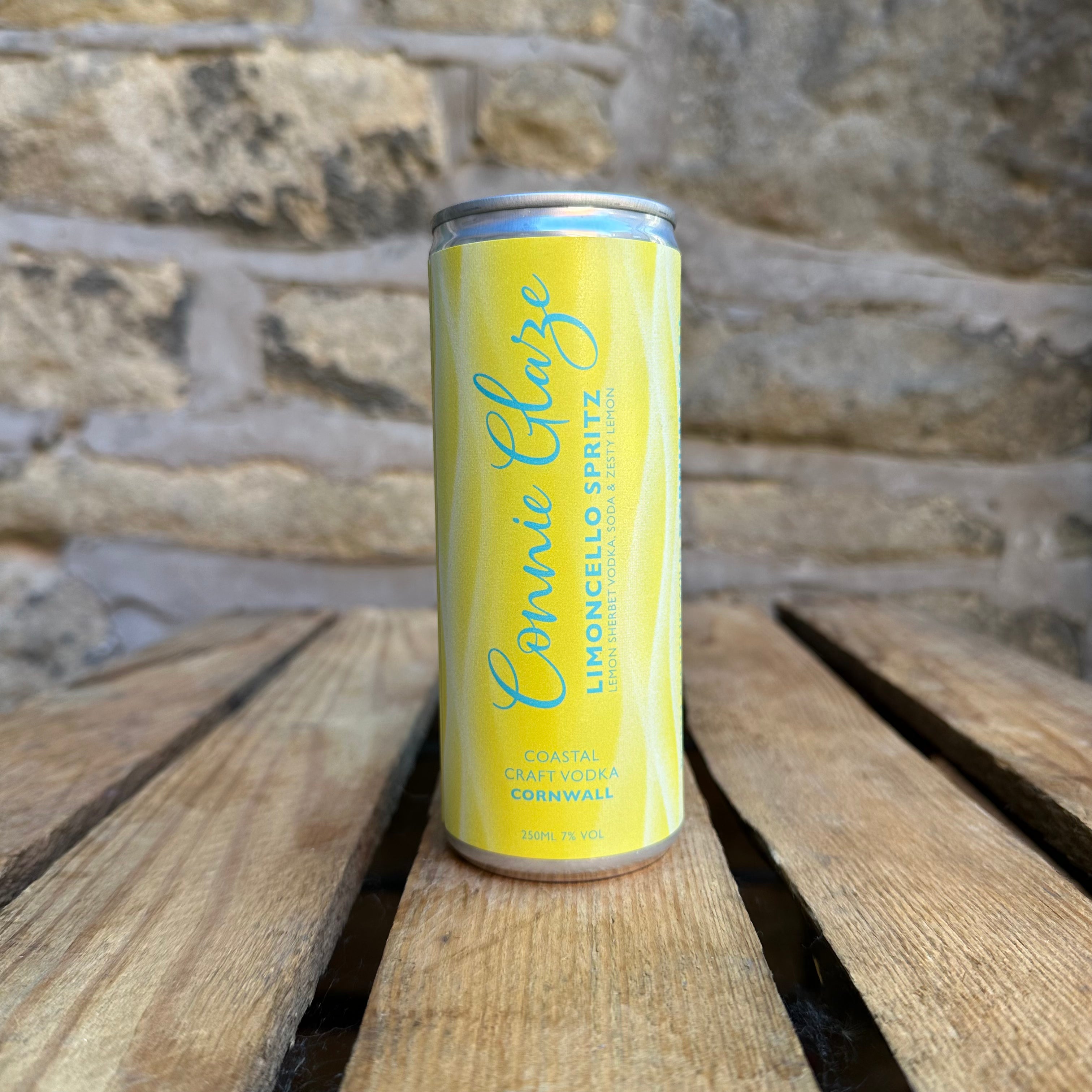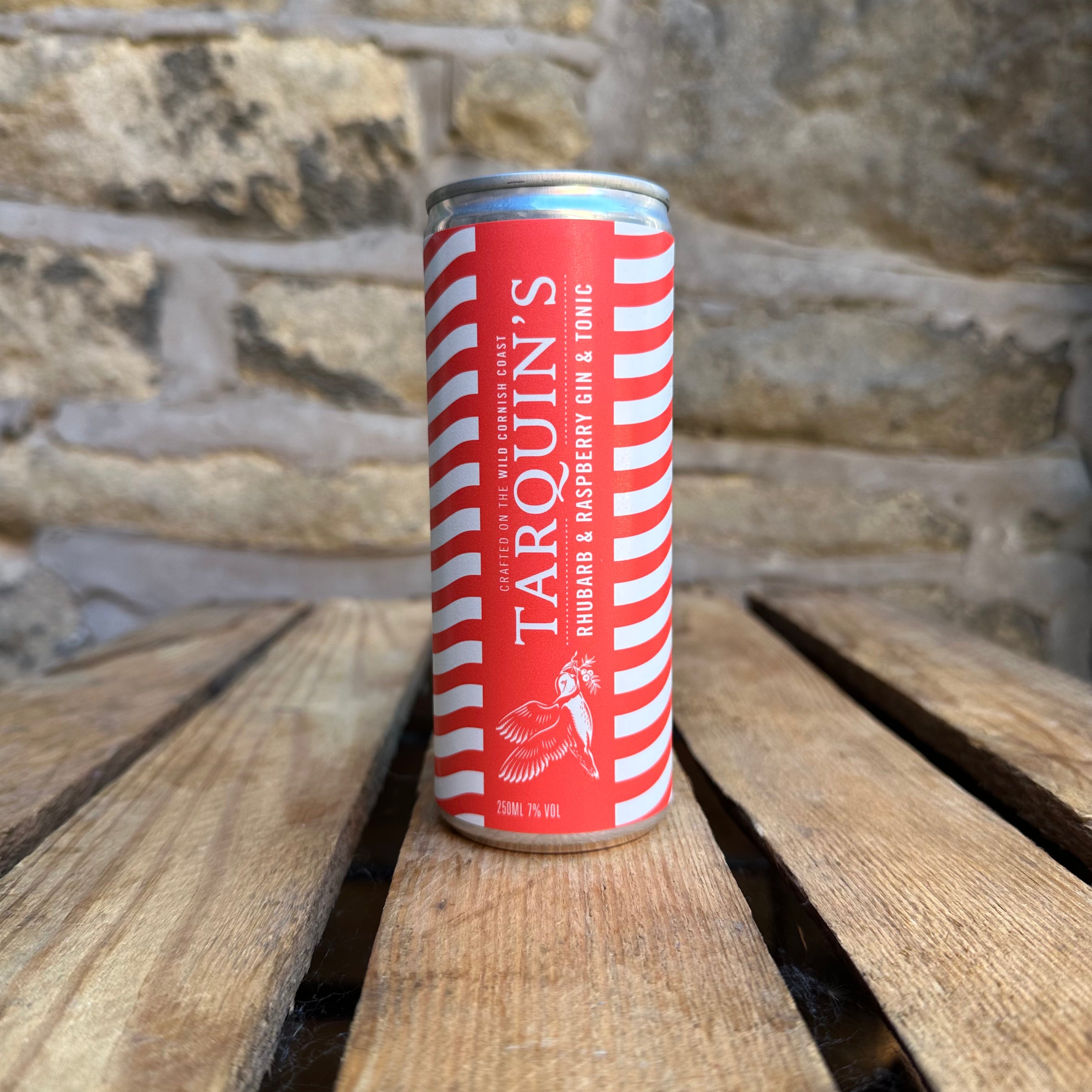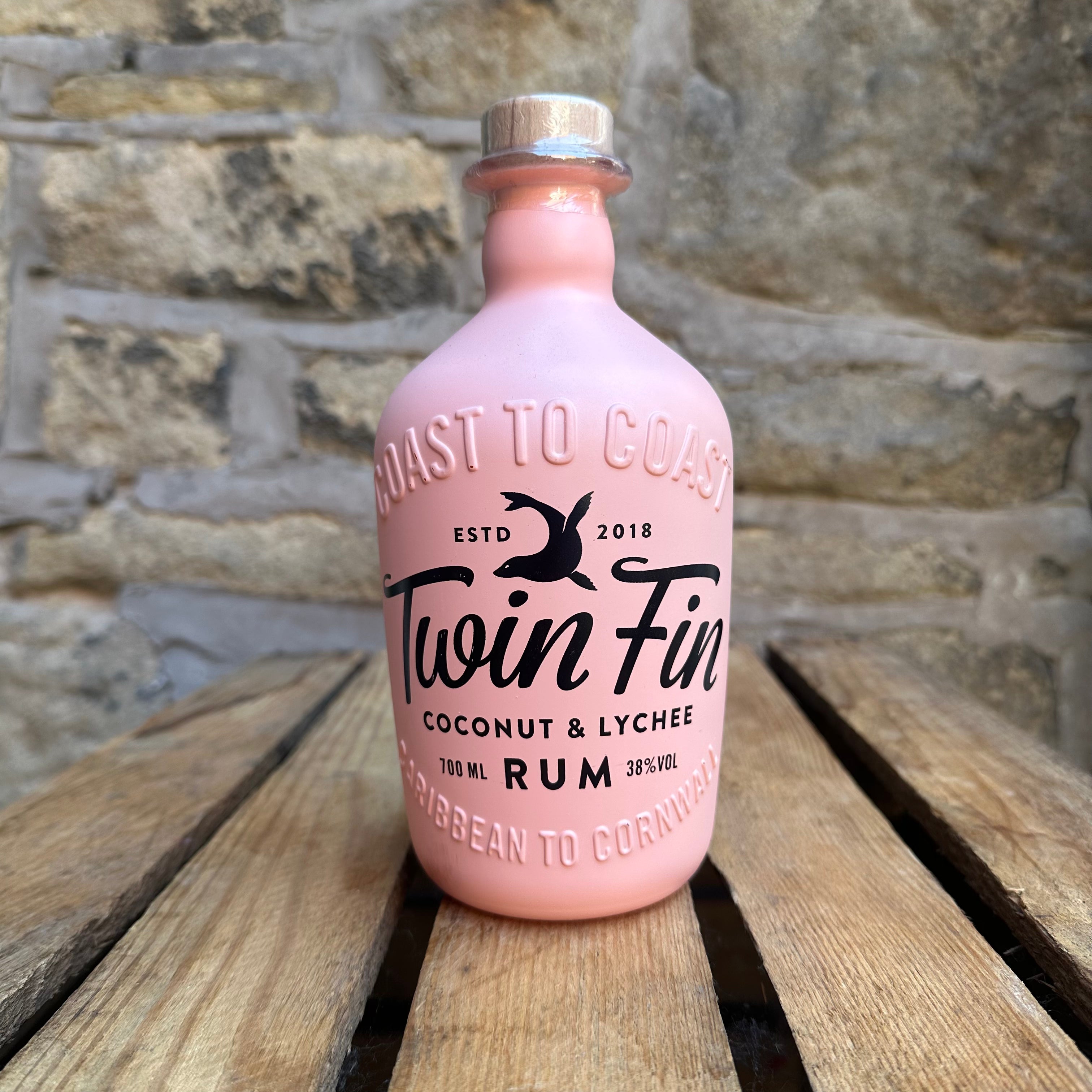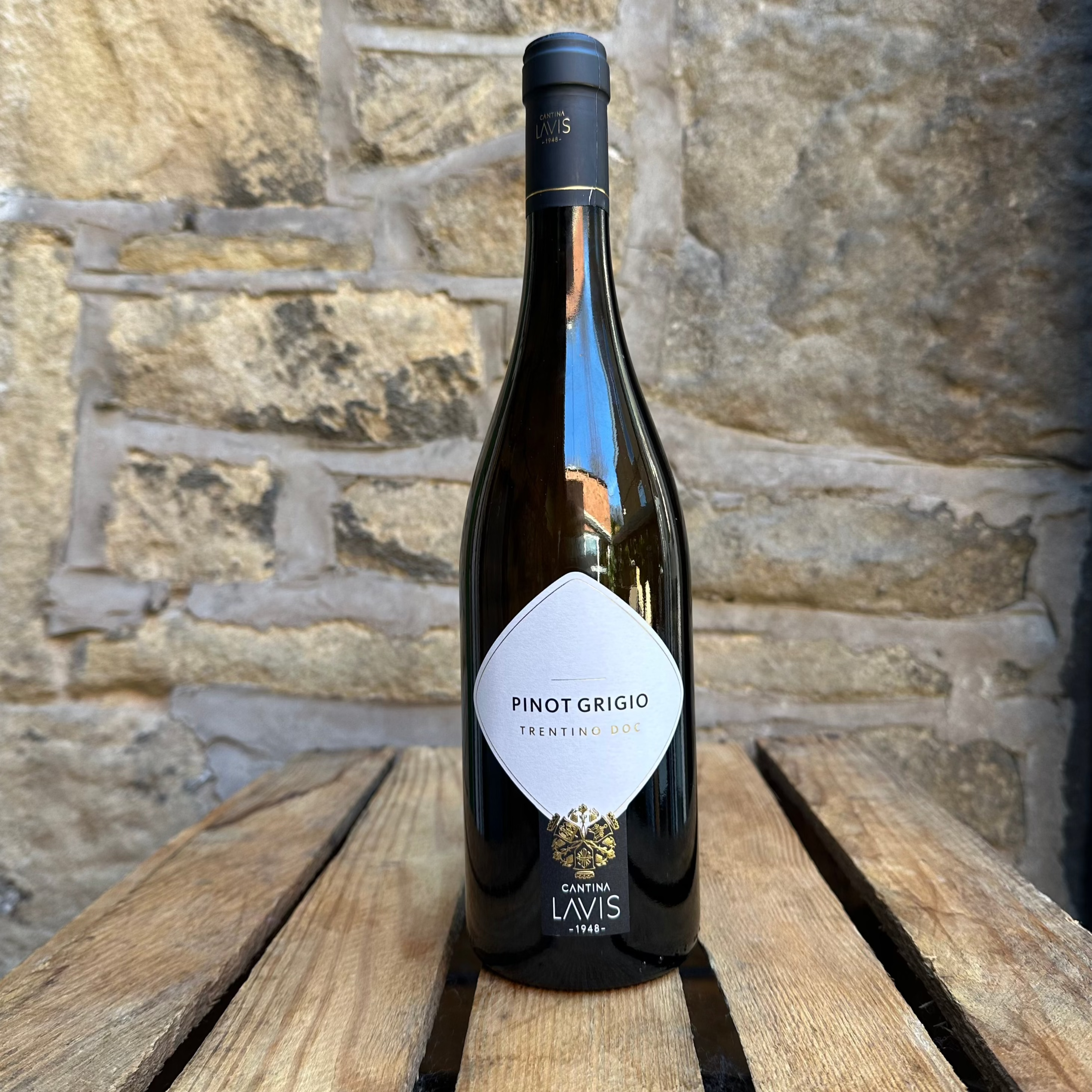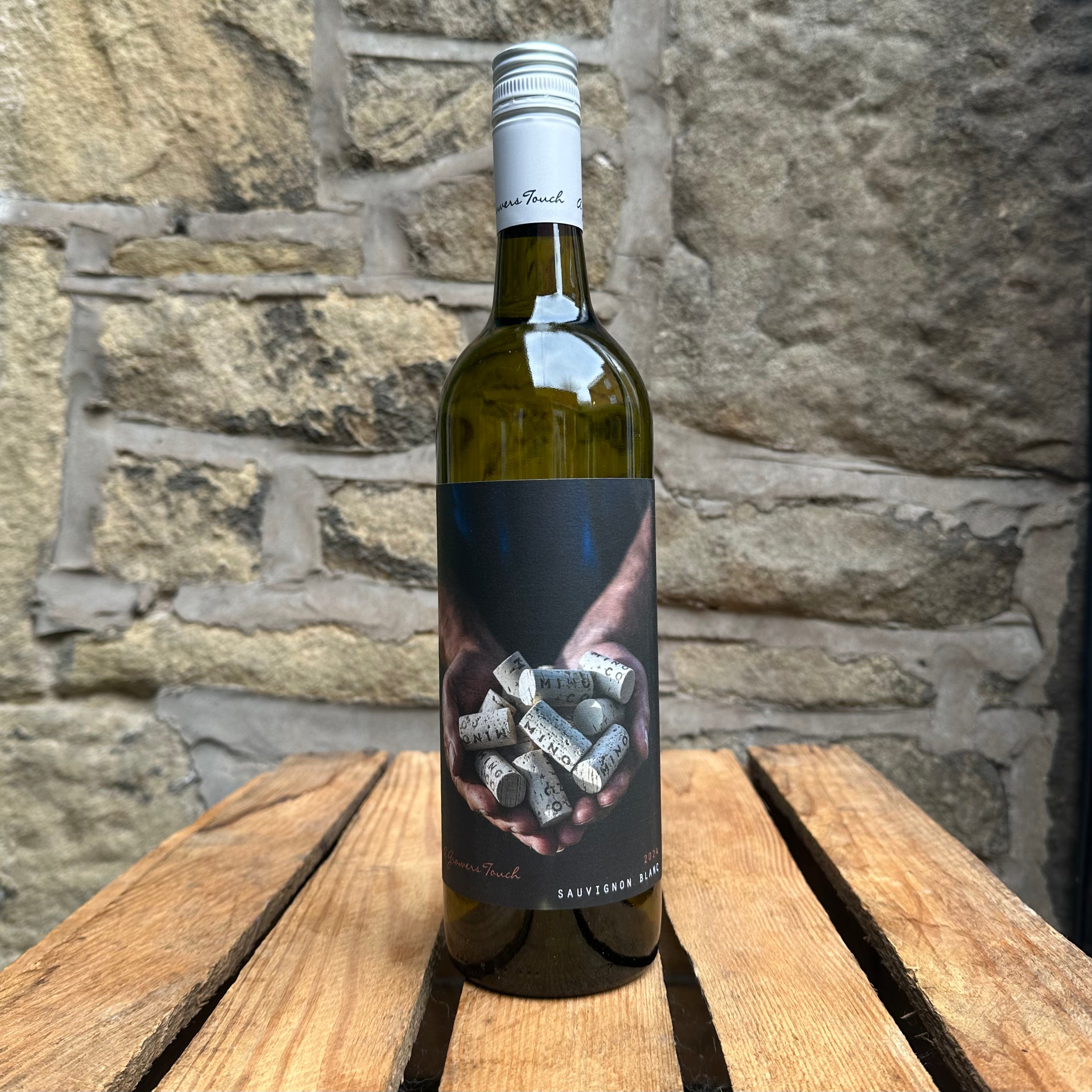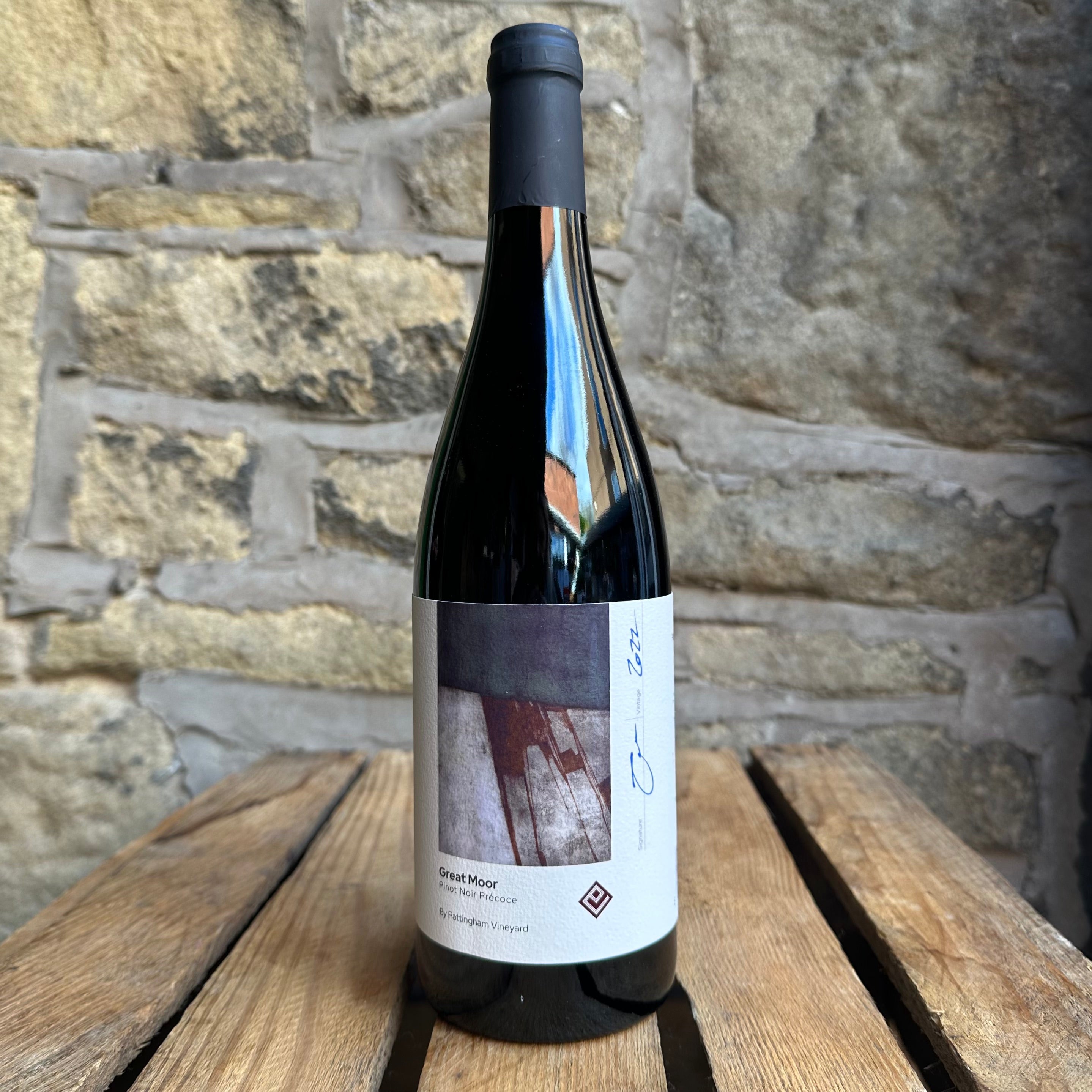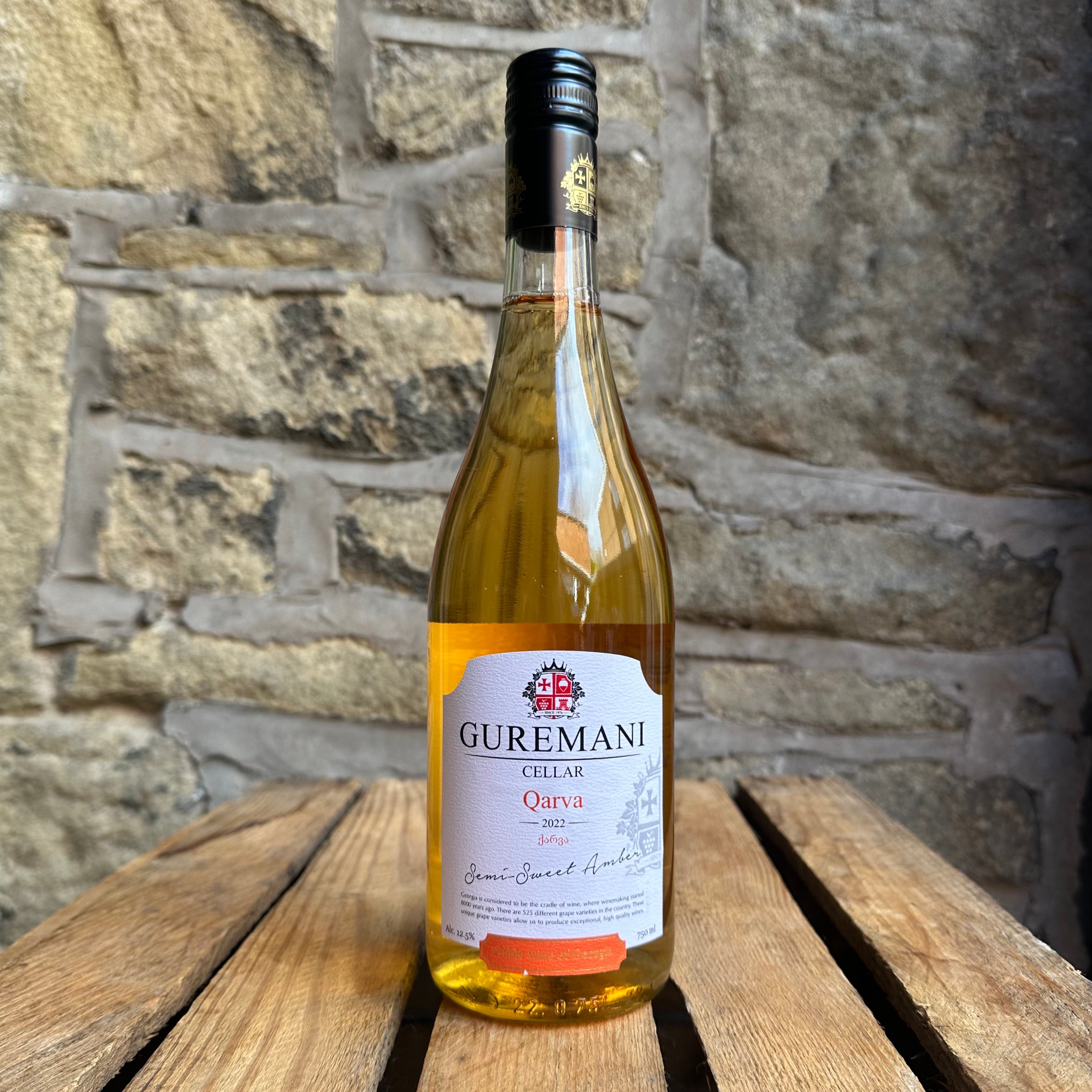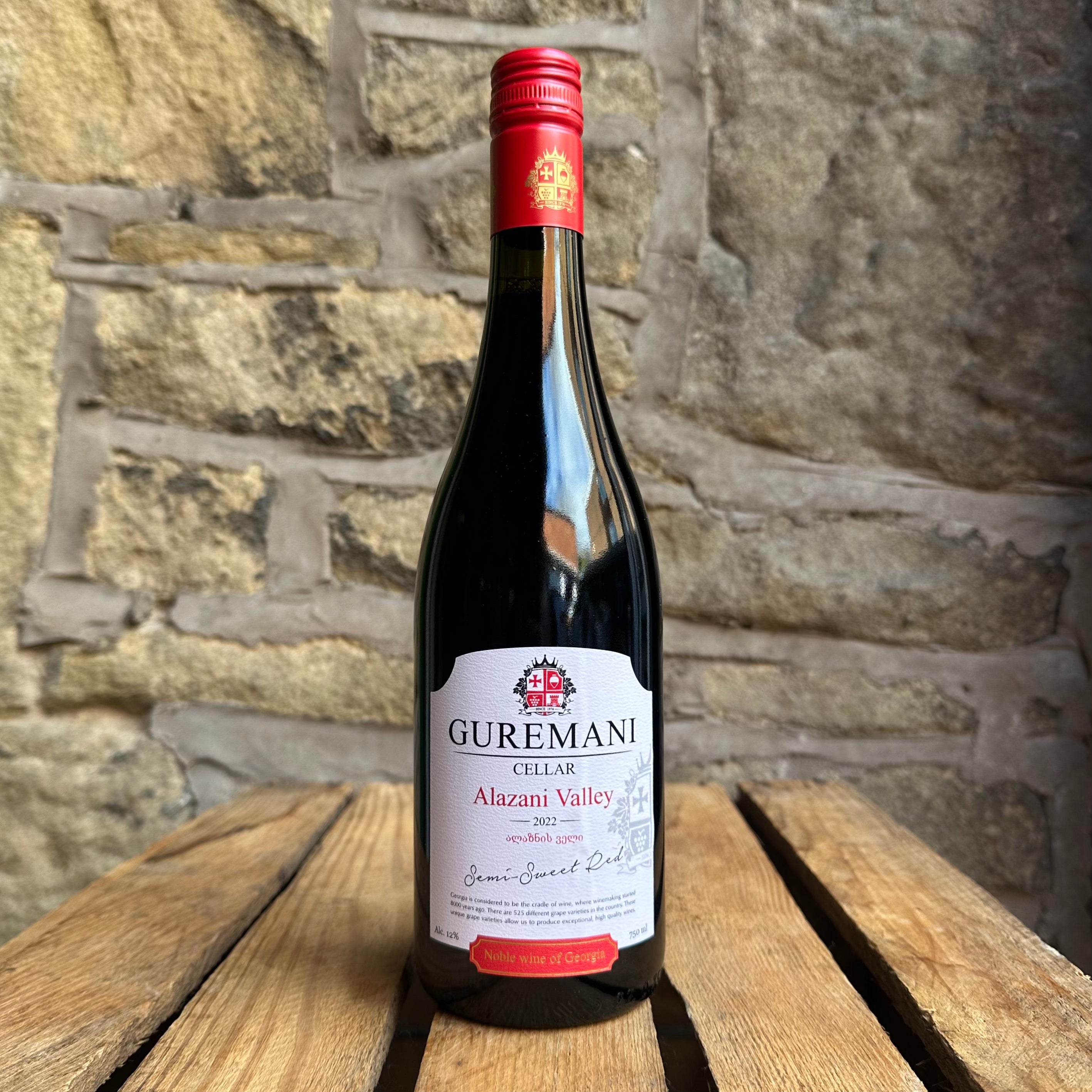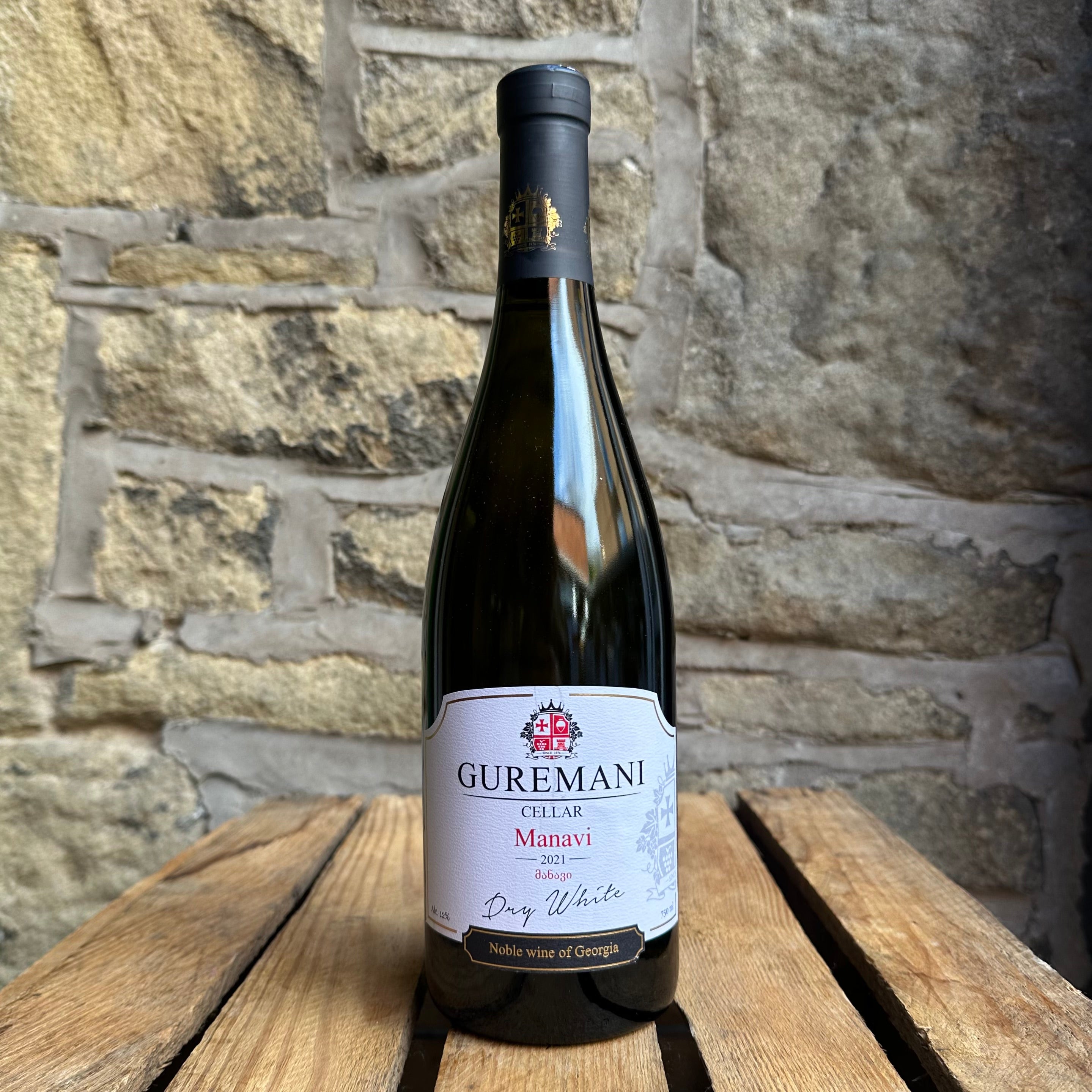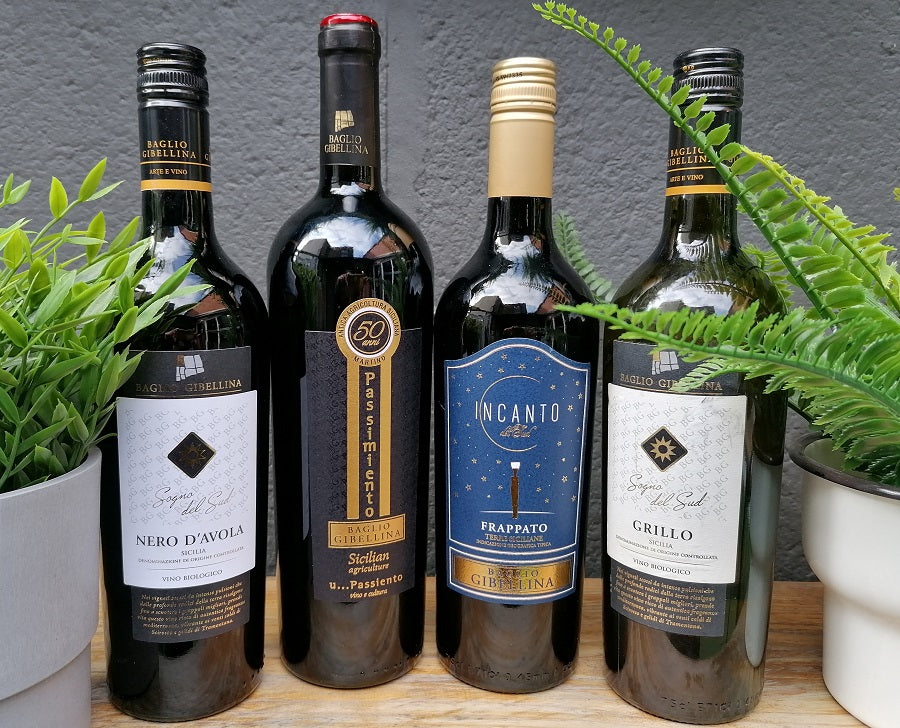
Stunning Sicilian Wines

Although the island of Sicily in the Mediterranean Sea is classed as part of Italy's wine regions, in terms of its size and industry it is like a small country in itself. Wine has been made in Sicily since 4000 BC and as an island gateway, it has seen further influence from Greeks, Phoenicians, Romans and, of course, mainland Italy. This has helped create the excellent wine-scape of today.
The traditions and culture of Sicily are fiercely protected by its residents, who are proud to set themselves apart from the mainland, and wine is a strong part of this. Although influenced by surrounding areas of the Mediterranean throughout history, Sicilian winemakers have taken elements and combined them with their own production to continue being at the forefront of modern winemaking whilst staying loyal to wine styles and grapes that set them apart.
The Mediterranean climate of good sunshine and rainfall, combined with good farming, ensure a wide range of vines can thrive. In the 1980's and 1990's, this unfortunately led to some producers taking the high yield, poorer quality route for mass production of wines. However, since the turn of the millennium, like many other countries who fell fowl of this, production has turned back the clock to focus on smaller yields of higher quality to truly rediscover Sicilian flavour.
Viticultural farmers today make good use of all the environments available to them, from the volcanic, mineral-rich soils of Mount Etna in the east, to the coastal plains of Noto in the south, to the sandstone-clay hills of Marsala in the west. This allows even the fussiest of grapes to find their perfect area.
GRILLO

A key component of the famed Marsala sweet wine, white grape Grillo is thought by some to have its origins in Sicily as a Catarratto-Muscat natural hybrid, whilst others believe it was introduced in 1897 from mainland Puglia following the Europe-wide Phylloxera outbreak. Regardless, Sicily has proved to be the perfect home where Grillo thrives, producing light to medium, fresh, dry whites with pleasant orchard and citrus fruit flavours, often with delicate nutty undertones.
It has an increasing reputation as a good value, high quality and easy drinking wine. If you like the fresh delicacy of an Italian Pinot Grigio or Soave, it is certainly worth a try. Gibellina Sogno del Sud Grillo ('Dream of the South') is a delightful example using hand harvested grapes from sandy hillside vineyards.Battonage during maturation helps to add subtle layers of exotic fruit and spice to the refreshing citrus and soft body.
FRAPPATO

The red grape Frappato is known for its light, refreshing fruitiness. The prefect red wine to drink on a summer's day, it is also often blended with the bolder Nero d'Avola -a method that adds flavour and profile of the Frappato, or conversely softens the Nero d'Avola. Thought to be a natural mutation of the Nerello grape varieties (which themselves are believed to have developed from the Sangiovese grape), Frappato almost certainly has ancient origins, possibly back to the Greek era.
As a varietal, it produces very light bodied wines with low tannins and fresh cherry and red berry fruits. It is a good option to try if you're a fan of Beaujolais or lighter Pinot Noir wines, or even for pairing with more delicate dishes traditionally suited to white wines. Gibellina Incanto del Sud Frappato (Enchantment of the South) celebrates this grape in varietal form, retaining its purity and delicacy with stainless steel treatment and no oak. Lots of pleasant fresh fruitiness reside in the fragrance, whilst the palate brings yet more crisp red fruits for a lively yet soft taste.
NERO D'AVOLA

Widely renowned Nero d'Avola is the most widely planted red grape in Sicily with a worldwide reputation for creating robust wines Many vineyards sit in the south east regions, with the grape taking its name from the coastal town of Avola here. Perfectly suited as a varietal in modern winemaking, it is also often used in blends across Italy to add body, deep colour and good tannins matching similar levels of refreshing acidity..
A key to its success is versatility in winemaking. Dependent on production methods, Nero d'Avola can be youthful and fruit-forward (strawberry, red plum, raspberry) or with ageing can show much riper, darker fruit (black plum, black cherry, prune) alongside deep oak notes such as vanilla, chocolate and tobacco. A thread of sweet liquorice is often present in any style.
Gibellina Sogno del Sud Nero D'Avola shows great care from land to bottle, with grapes hand harvested from vineyards of limited yields. Vinification in small stainless steel tanks with no oak ageing creates a youthful style, but with added natural concentration from the limited yield grape selection. The intense nose shows pomegranate and wild strawberry with hints of red berry fruits, whilst the soft, velvety, and full palate is complimented by smooth, generous tannins, balancing acidity and sweet liquorice.
BLEND PERFECTION

Frappato-Nero d'Avola blends show how well these two Sicilian favourites can compliment each other, accentuating the best elements of both grapes with neither overpowering the other. Gibellina U Passimiento goes a step further in ensuring selection of the finest grapes before they even enter the winery. The Frappato grapes are harvested as soon as they reach maturation for optimum freshness, whilst the Nero D'Avola grapes are left on the vine for light withering to bring concentrated sweetness.
The Frappato is slowly fermented in stainless steel tanks, whilst the late harvested Nero D'Avola is soft pressed and fermented separately at a controlled temperature. Fermentation is interrupted to retain natural sweetness, with slow blending and maturation of the final wines for some months in steel tanks. This careful production creates a bright and intense wine showing the best of both worlds. Lots of red fruit with a warm and full-bodied palate of harmonious acidity and smooth, elegant tannins.


